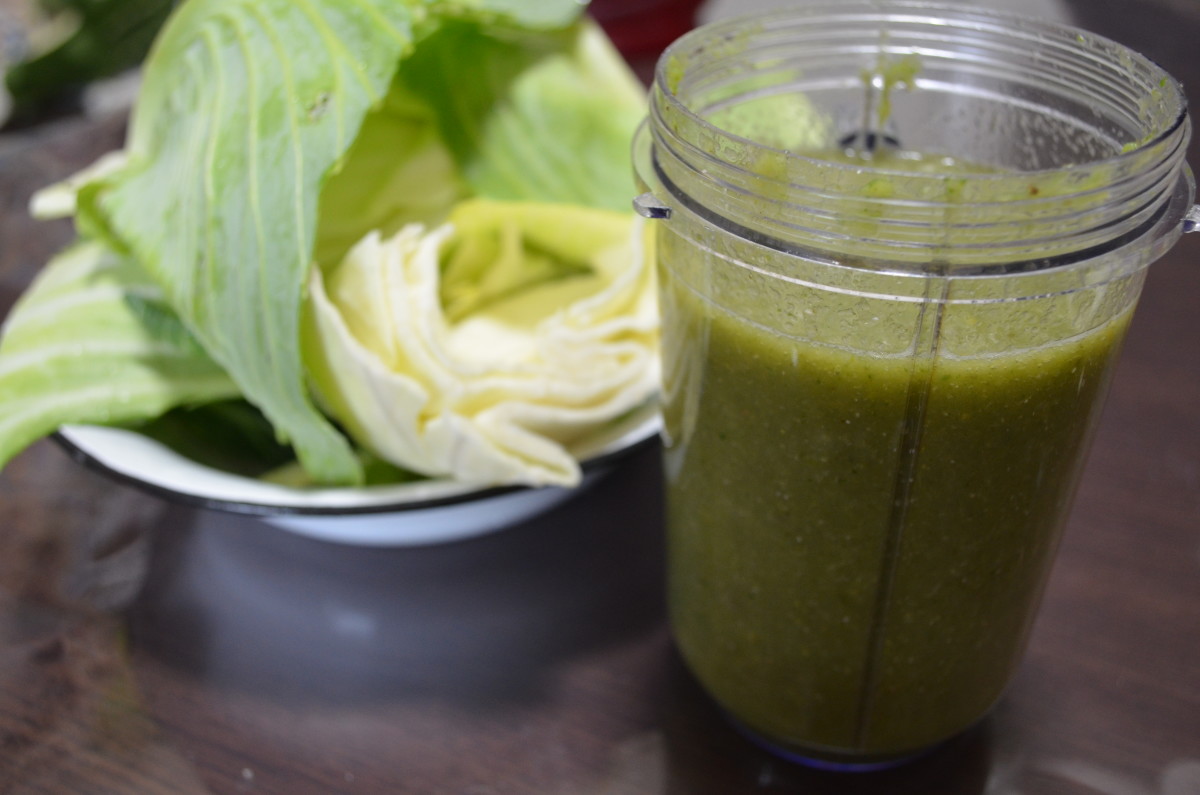

Articles
How To Make Cabbage Juice With A Blender
Modified: February 27, 2024
Learn how to make delicious and nutritious cabbage juice at home with a blender! Our step-by-step article provides easy instructions and helpful tips for your juicing journey.
(Many of the links in this article redirect to a specific reviewed product. Your purchase of these products through affiliate links helps to generate commission for Storables.com, at no extra cost. Learn more)
Introduction
Welcome to the world of cabbage juice! If you’re looking for a nutritious and refreshing drink, cabbage juice might be the answer you’re seeking. Packed with essential vitamins and minerals, cabbage juice is known for its numerous health benefits, including improved digestion, enhanced immune function, and detoxification support.
In this article, we will guide you through the process of making cabbage juice using a blender. Whether you’re a juicing enthusiast or just starting your journey towards a healthier lifestyle, this step-by-step guide will help you create delicious cabbage juice right in the comfort of your own kitchen.
Before we delve into the process, let’s take a moment to explore the incredible benefits of including cabbage juice in your diet.
Key Takeaways:
- Cabbage juice, made with a blender, offers a plethora of health benefits including improved digestion, immune support, detoxification, and anti-inflammatory properties. It’s a nutritious and refreshing addition to any diet.
- When making cabbage juice with a blender, choose fresh cabbage, blend in batches, and experiment with flavors to create a customized and delicious beverage. Enjoy it as part of a balanced diet for maximum health benefits.
Read more: How To Make Pineapple Juice With Blender
Benefits of Cabbage Juice
Cabbage juice is highly regarded for its numerous health benefits. It is low in calories and rich in essential vitamins and minerals, making it a valuable addition to any diet. Here are some of the key benefits of incorporating cabbage juice into your routine:
- Supports Digestive Health: Cabbage juice is known for its natural digestive properties. It contains high levels of fiber, which can help promote regular bowel movements and prevent constipation. Additionally, cabbage juice is rich in the amino acid glutamine, which can help soothe and repair the lining of the digestive tract.
- Boosts Immune System: Cabbage juice is packed with vitamin C, which plays a crucial role in supporting a healthy immune system. Regular consumption of cabbage juice can help strengthen your body’s defenses against common illnesses and infections.
- Aids in Detoxification: Cabbage juice acts as a natural detoxifier, helping to cleanse the body of harmful toxins. It contains compounds called glucosinolates, which are converted into detoxifying compounds known as isothiocyanates. These compounds help support the liver in removing toxins from the body.
- Anti-inflammatory Properties: Cabbage juice contains anti-inflammatory compounds that can help reduce inflammation in the body. This can be particularly beneficial for individuals with conditions such as arthritis or inflammatory bowel disease.
- Supports Weight Loss: Being low in calories and high in fiber, cabbage juice can be a great addition to a weight loss diet. It provides a feeling of fullness, which can help reduce overeating and promote healthy weight management.
These are just a few of the many benefits that cabbage juice has to offer. Now that we understand the importance of cabbage juice, let’s move on to the next step: choosing the right cabbage.
Choosing the Right Cabbage
When it comes to making cabbage juice, selecting the right type of cabbage plays a crucial role in ensuring the taste and nutritional value of your juice. Here are a few popular cabbage varieties to consider:
- Green Cabbage: This is the most common type of cabbage and is widely available. It has a mild flavor and works well for juicing. Green cabbage is rich in nutrients, including vitamins A, C, and K, as well as folate and potassium.
- Red Cabbage: Red cabbage has a vibrant purple color and a slightly sweeter taste compared to green cabbage. It contains anthocyanins, which are powerful antioxidants that have been associated with numerous health benefits, including heart health and cancer prevention.
- Savoy Cabbage: Savoy cabbage has crinkled leaves and a milder flavor compared to green cabbage. It is rich in vitamins C and K, as well as folate and fiber. Savoy cabbage is known for its tender texture, making it a great choice for juicing.
When selecting cabbage, choose heads that are firm and heavy for their size. Avoid cabbage with wilted or discolored leaves, as this may indicate that it is past its prime. Organic cabbage is always a good option, as it is grown without the use of harmful pesticides.
Now that you’ve picked the perfect cabbage, let’s move on to the next step: preparing the cabbage for juicing.
Preparing the Cabbage
Before we start juicing, it’s important to properly prepare the cabbage to ensure a smooth and delicious result. Here’s how you can prepare the cabbage:
- Wash the Cabbage: Start by removing any outer leaves that may be wilted or damaged. Rinse the cabbage thoroughly under cold running water to remove any dirt or contaminants.
- Remove the Core: Use a sharp knife to carefully remove the hard core from the cabbage. This will make it easier to blend the cabbage and prevent any unwanted bitterness in the juice.
- Chop into Smaller Pieces: Once the core is removed, slice the cabbage into smaller, manageable pieces. This will make it easier for the blender to process the cabbage and extract the juice.
- Optional: Blanch the Cabbage (for a milder taste): If you find the taste of raw cabbage too strong, you can blanch the chopped cabbage in boiling water for a minute or two. This will help soften the flavor and make the juice milder.
Now that you’ve prepared the cabbage, it’s time to move on to the next step: blending the cabbage juice.
Blending the Cabbage Juice
Blending cabbage to extract its juice is a simple and effective way to enjoy this nutritious beverage. Here’s a step-by-step guide on how to blend cabbage juice:
- Add Chopped Cabbage to Blender: Place the chopped cabbage pieces into the blender. You can start with a small amount and gradually add more as you blend.
- Add Water (Optional): If you prefer a thinner consistency for your cabbage juice, you can add a small amount of water to the blender. This will help facilitate the blending process and create a smoother texture.
- Blend on High Speed: Start blending the cabbage on high speed until it reaches a smooth and creamy consistency. This usually takes about 1-2 minutes, but it may vary depending on the power of your blender.
- Strain the Juice (Optional): If you prefer a pulp-free juice, you can strain the blended cabbage through a fine-mesh sieve or a nut milk bag to remove any remaining solids. However, keep in mind that some of the dietary fiber and nutrients may be lost in the process.
- Enjoy Immediately: Cabbage juice is best consumed fresh. Pour the juice into a glass and enjoy it right away to reap the maximum nutritional benefits.
Blending cabbage juice not only helps retain the fiber and nutrients present in the vegetable but also makes it easier for your body to digest and absorb these beneficial compounds. Now that you’ve blended the cabbage juice, let’s move on to the next step: adding flavors (if desired).
When making cabbage juice with a blender, be sure to chop the cabbage into small pieces before blending to ensure a smooth consistency. Adding a small amount of water can also help with the blending process.
Read more: How To Make Tomato Juice In A Blender?
Adding Flavors (optional)
While cabbage juice can be enjoyed on its own, you may choose to add some additional flavors to enhance the taste and variety of your juice. Here are a few options you can consider:
- Citrus Fruits: Squeeze some fresh lemon or lime juice into your cabbage juice to add a refreshing citrus flavor. Citrus fruits not only enhance the taste but also provide an extra boost of vitamin C.
- Ginger: Grate or juice some fresh ginger and add it to the cabbage juice. Ginger adds a hint of spiciness and brings a warming sensation to the juice. It also has digestive benefits and can help alleviate nausea or inflammation.
- Herbs: Chop up some fresh herbs like mint, parsley, or basil and mix them into the cabbage juice for added freshness and flavor. These herbs can also offer additional health benefits, such as aiding digestion and reducing inflammation.
- Apple or Carrot: If you prefer a sweeter taste, you can blend a small amount of apple or carrot with the cabbage. These fruits and vegetables add a natural sweetness and can balance out the flavors of the cabbage.
- Spices: Experiment with spices like cinnamon or turmeric to add a unique twist to your cabbage juice. These spices not only provide flavor but also offer anti-inflammatory and antioxidant properties.
Remember, the choice of flavors is entirely up to you and your personal preferences. Play around with different combinations until you find the perfect blend that suits your taste buds. Now that you’ve added flavors to your cabbage juice, let’s explore how to store and serve it.
Storing and Serving Cabbage Juice
After preparing and flavoring your cabbage juice, it’s important to properly store it to maintain its freshness and nutritional value. Here are some tips for storing and serving cabbage juice:
- Refrigeration: Cabbage juice is highly perishable and should be refrigerated immediately after preparation. Transfer the juice to an airtight container and store it in the refrigerator for up to 2-3 days. However, it is best to consume the juice as fresh as possible to retain its maximum nutritional benefits.
- Separation: It’s normal for cabbage juice to separate over time, with the lighter liquid rising to the top and the denser sediment settling at the bottom. Before serving, simply give the juice a gentle shake to combine the layers.
- Serving Temperature: Cabbage juice can be enjoyed chilled or at room temperature, depending on your preference. Some people find that serving it chilled adds a refreshing element, while others prefer it at room temperature to better appreciate the flavors.
- Serving Size: Start with a small serving size, such as 4-8 ounces, and gradually increase as desired. It’s recommended to consume cabbage juice on an empty stomach, either in the morning or between meals, to maximize the absorption of its nutrients.
- Additional Garnishes (optional): If you want to take your cabbage juice presentation to the next level, consider adding garnishes such as a slice of lemon, a sprig of mint, or a sprinkle of cinnamon on top. Not only do these garnishes add visual appeal, but they can also enhance the overall flavor experience.
With these storage and serving tips in mind, you can enjoy your homemade cabbage juice at its best. Now, let’s explore some additional tips for making cabbage juice with a blender.
Tips for Making Cabbage Juice with a Blender
Creating cabbage juice with a blender is a straightforward process, but these tips can help make the experience even more enjoyable and efficient:
- Start with Fresh Cabbage: For the best flavor and nutritional value, choose fresh cabbage for juicing. Look for heads that are firm, with vibrant and crisp leaves.
- Blend in Batches: If you’re making a large quantity of cabbage juice, it’s best to blend it in smaller batches. This ensures that the blender can effectively process the cabbage, resulting in a smoother consistency.
- Vary the Water Amount: The amount of water you add to the blender can be adjusted to achieve your preferred consistency. Experiment with different water ratios to find the texture that suits your taste buds.
- Clean the Blender Immediately: After blending the cabbage juice, be sure to clean your blender right away. This prevents any residue from sticking and ensures that your blender is ready for future use.
- Use Fresh Ingredients for Flavoring: When adding flavors to your cabbage juice, opt for fresh ingredients like freshly squeezed citrus juice, grated ginger, or chopped herbs. These fresh ingredients will enhance the taste and provide the most vibrant flavors.
- Customize the Recipe: Feel free to experiment and customize your cabbage juice recipe to suit your preferences. You can adjust the amount of cabbage, water, or additional flavors to create the perfect balance of taste and nutrition.
- Consider Organic Cabbage: If possible, choose organic cabbage to reduce exposure to pesticides and chemicals. Organic cabbage is free from synthetic additives, making it a healthier choice for your homemade juice.
- Enjoy as Part of a Balanced Diet: While cabbage juice offers numerous health benefits, it’s important to remember that it should be consumed as part of a balanced diet. Incorporate cabbage juice alongside other nutritious foods to ensure a well-rounded and nourishing intake.
By following these tips, you’ll be well on your way to creating delicious and nutritious cabbage juice with your blender. Now, let’s wrap up our guide to making cabbage juice.
Conclusion
Cabbage juice is a nutrient-packed beverage that offers a wide range of health benefits. Incorporating cabbage juice into your diet can support digestive health, boost immune function, aid in detoxification, reduce inflammation, and promote weight loss. With a few simple steps, you can easily make cabbage juice using a blender right in your own kitchen.
Starting with the right cabbage, whether it’s green, red, or savoy, ensures that you get the desired taste and nutritional value. Preparing the cabbage by washing and removing the core is essential for a smooth blending process. Blending the cabbage with a little water creates a creamy consistency, and you can strain the juice if you prefer a pulp-free option.
For those seeking additional flavor, adding citrus fruits, ginger, herbs, or even apple or carrot can elevate the taste of the cabbage juice. Storing the cabbage juice in the refrigerator and giving it a gentle shake before serving maintains its freshness.
Remember, when making cabbage juice with a blender, it’s essential to use fresh ingredients, clean the blender promptly, and customize the recipe to suit your preferences. Cabbage juice should be enjoyed as part of a balanced diet, combining it with other nutritious foods to reap the maximum health benefits.
Now that you have all the knowledge and tips on making cabbage juice, it’s time to embark on your juicing journey. Experiment with flavors, get creative, and savor the delicious and nourishing benefits of homemade cabbage juice!
Frequently Asked Questions about How To Make Cabbage Juice With A Blender
Was this page helpful?
At Storables.com, we guarantee accurate and reliable information. Our content, validated by Expert Board Contributors, is crafted following stringent Editorial Policies. We're committed to providing you with well-researched, expert-backed insights for all your informational needs.
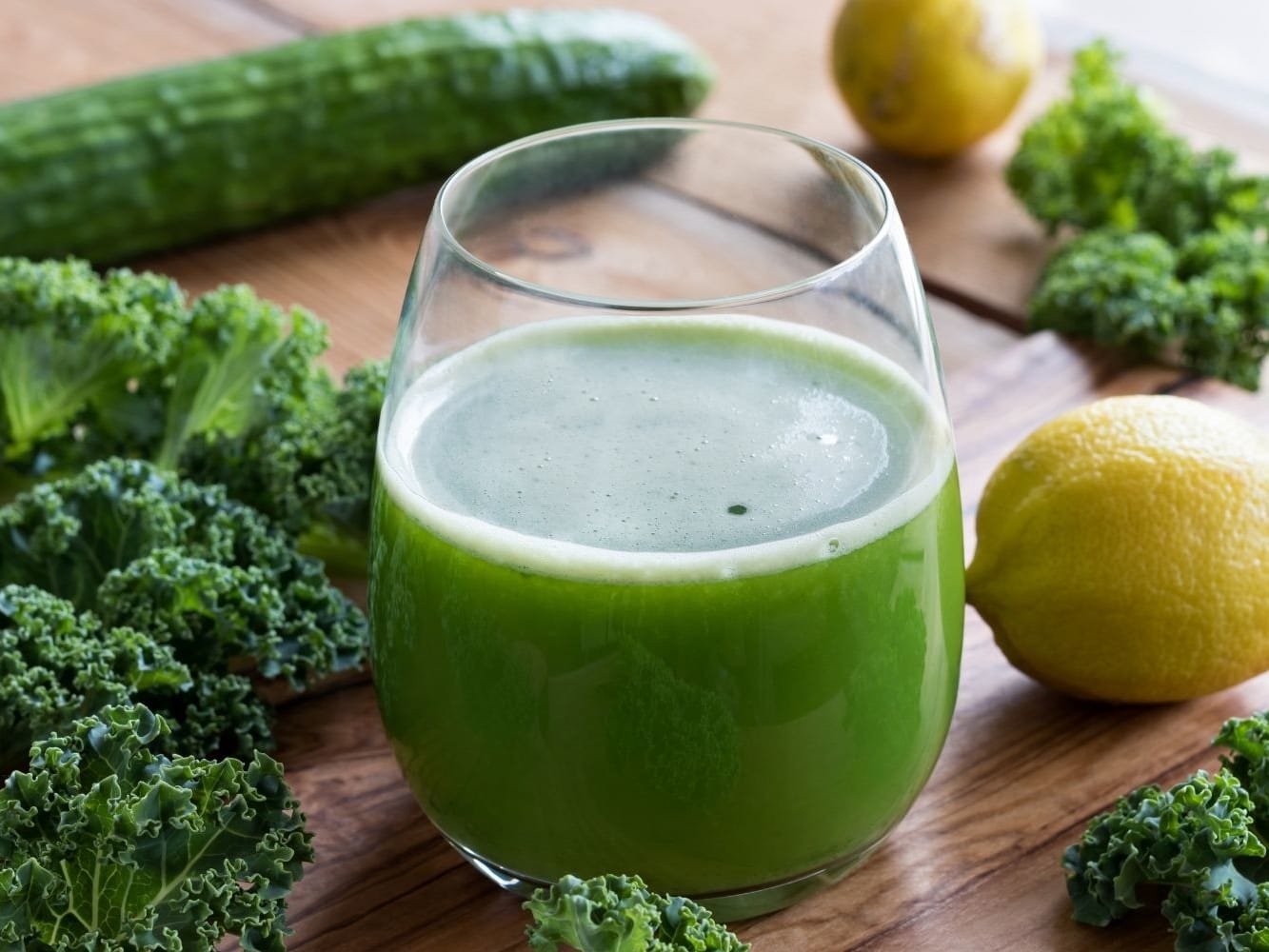
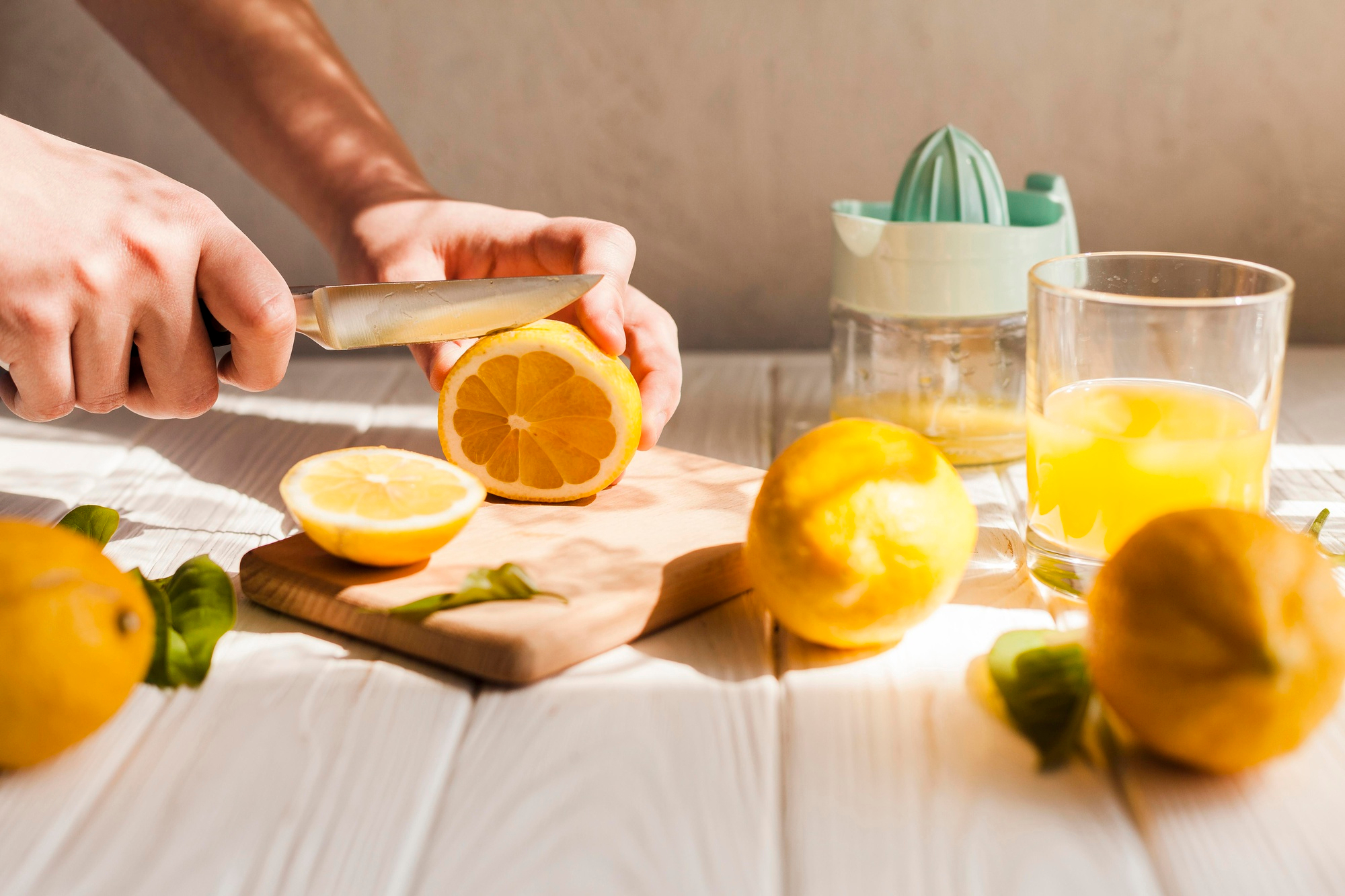
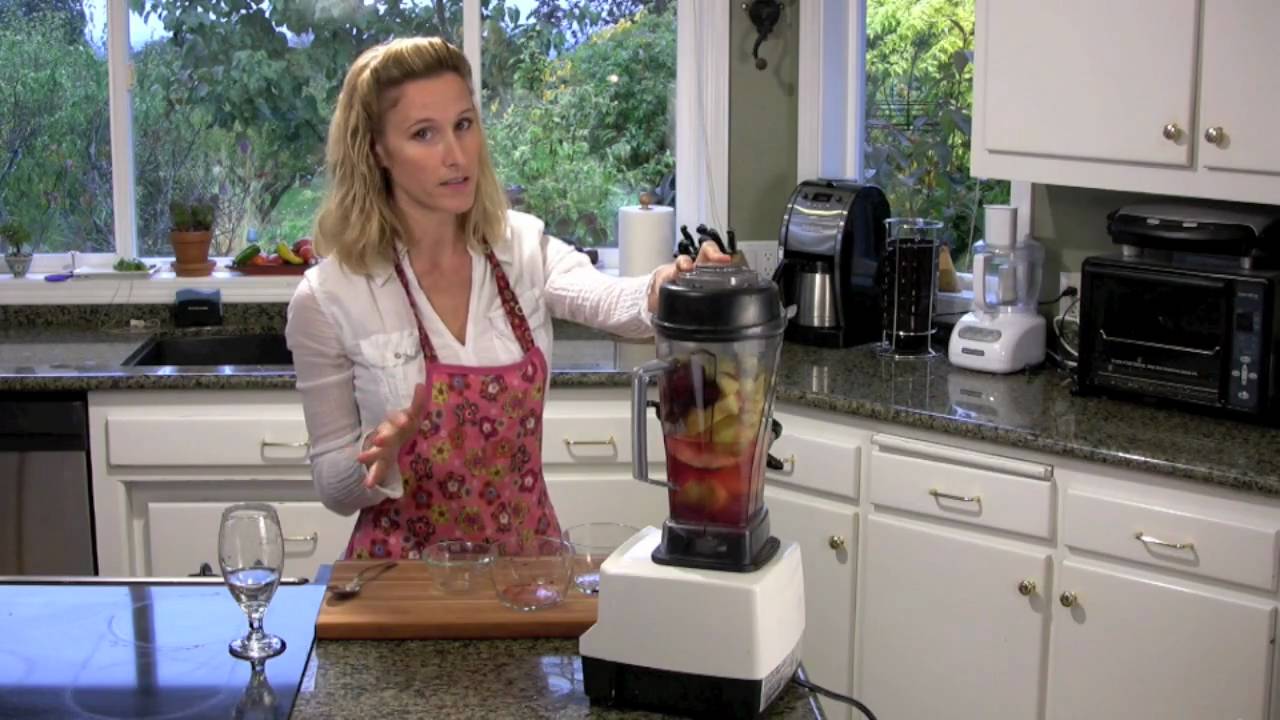
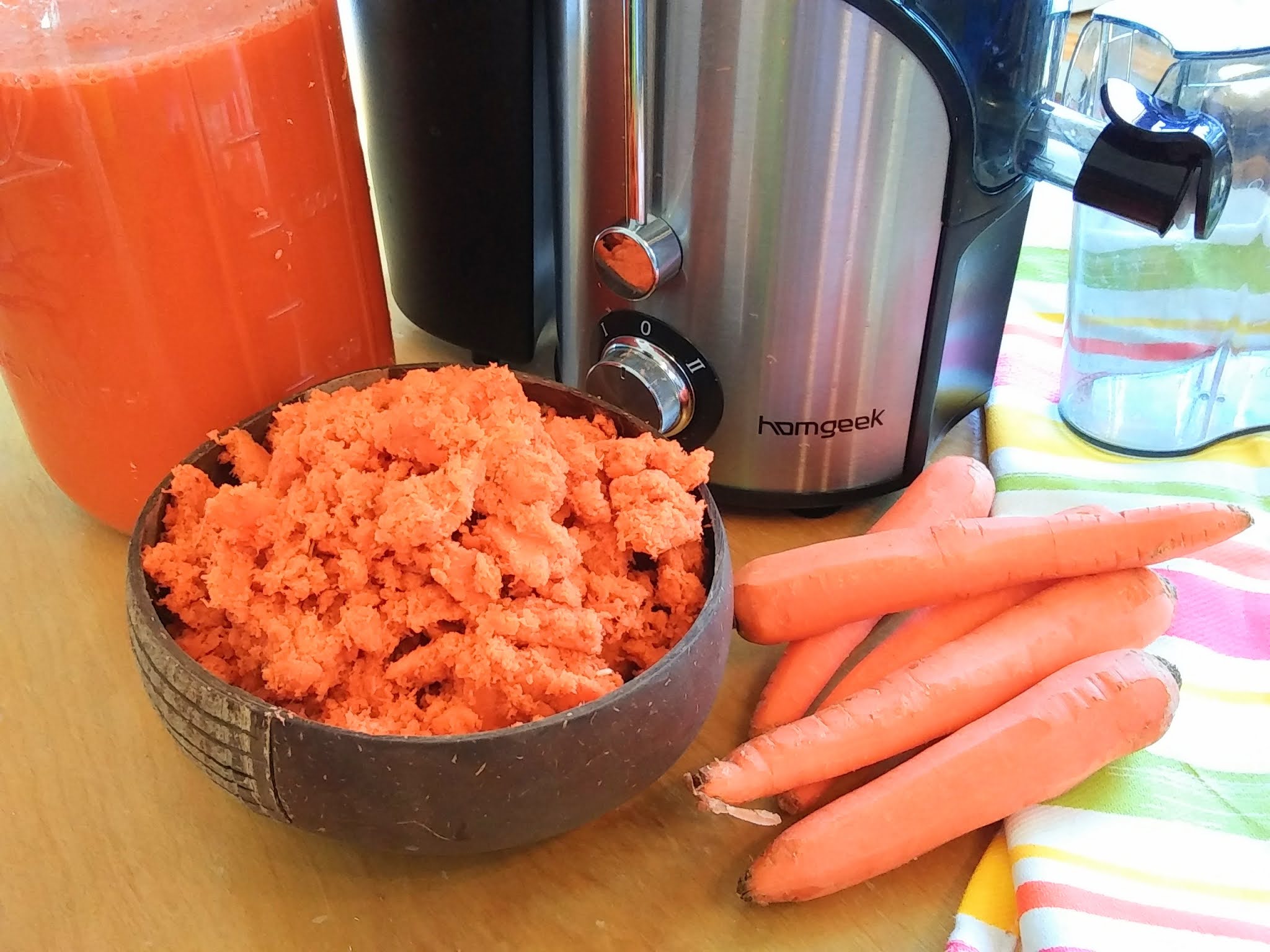
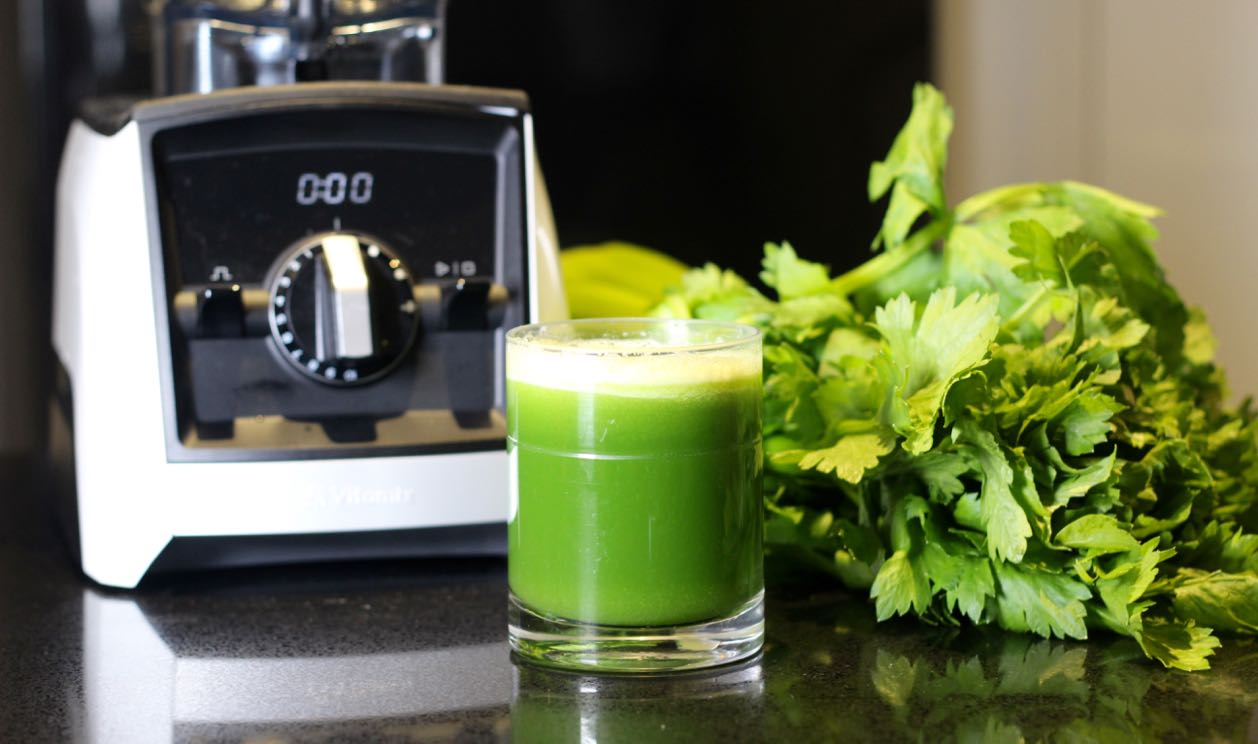
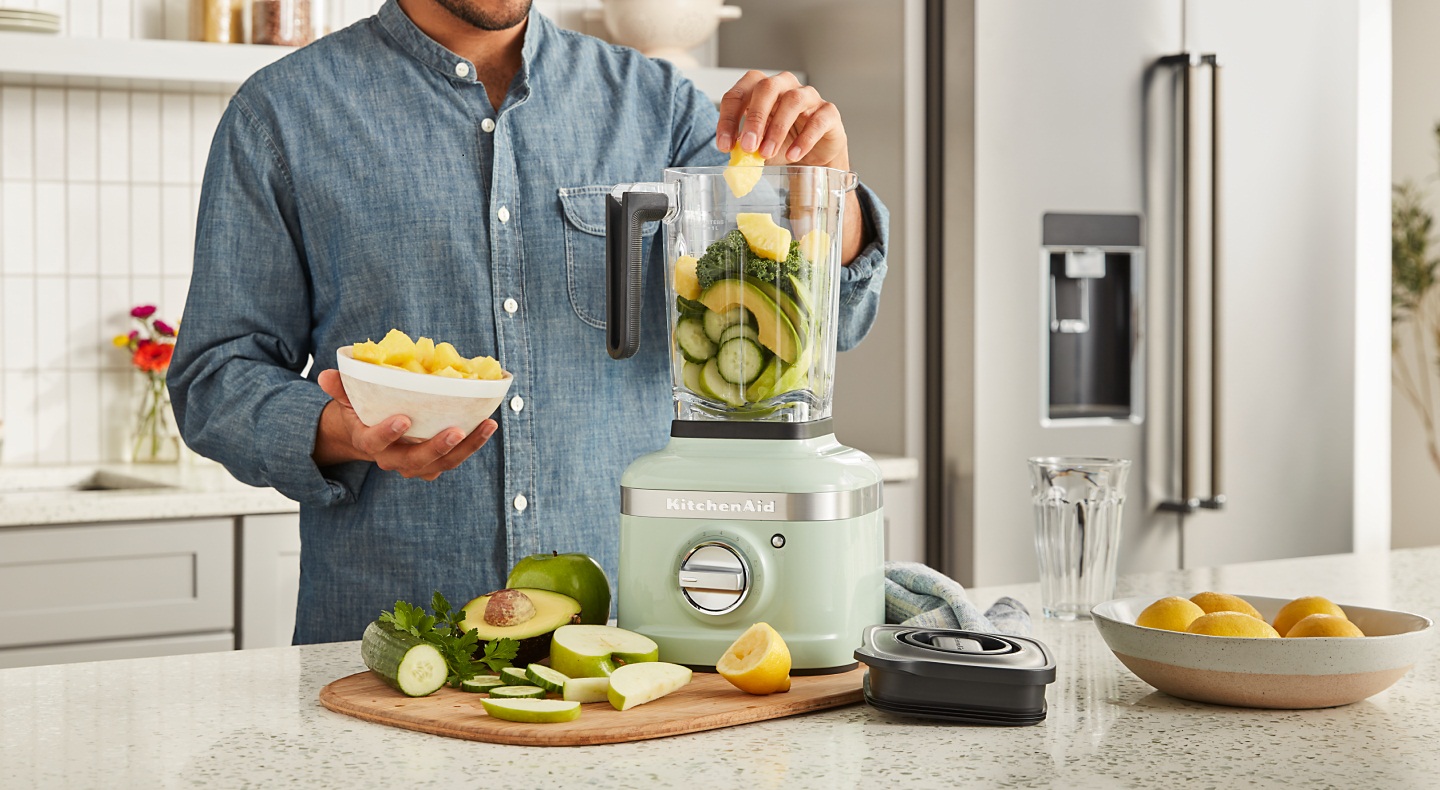
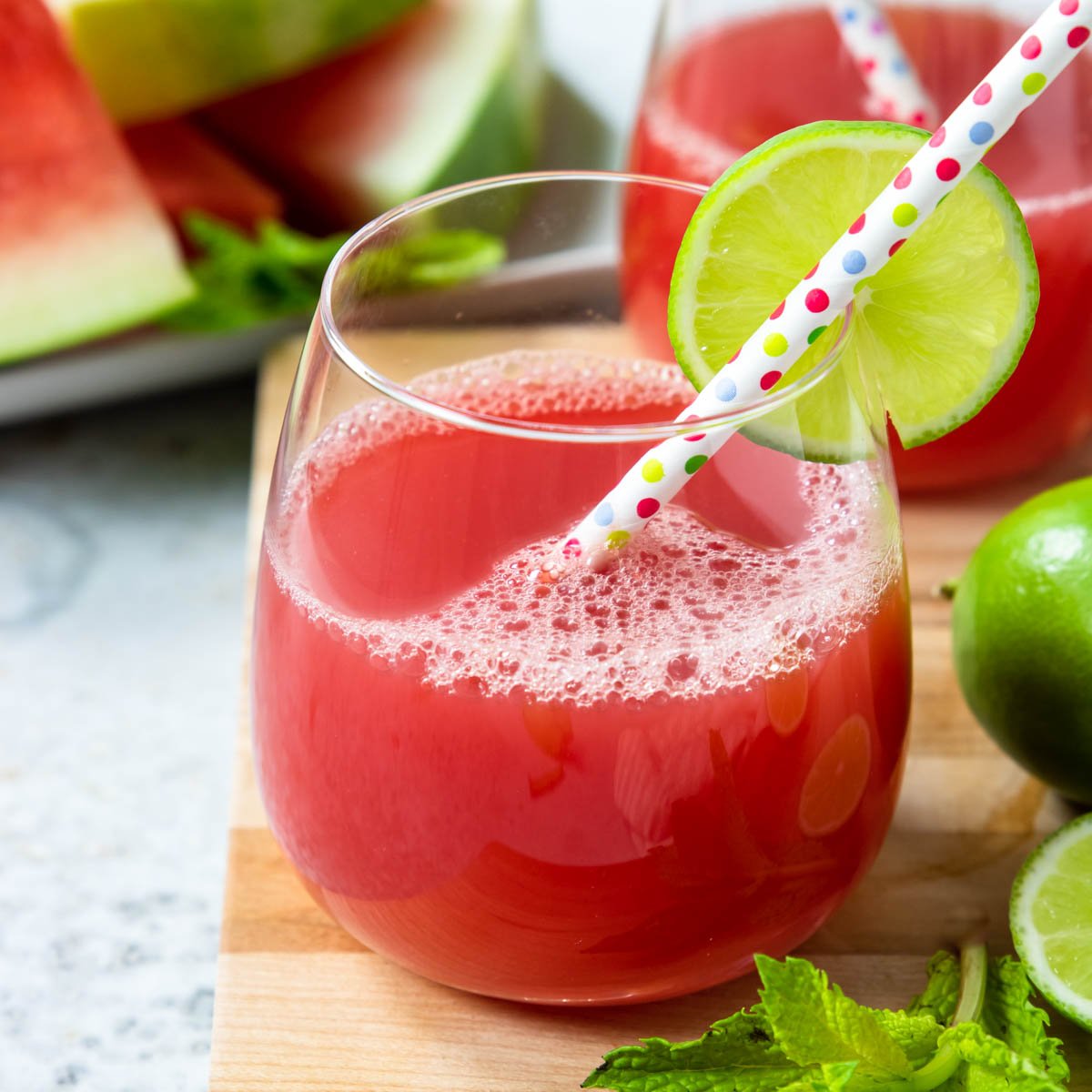
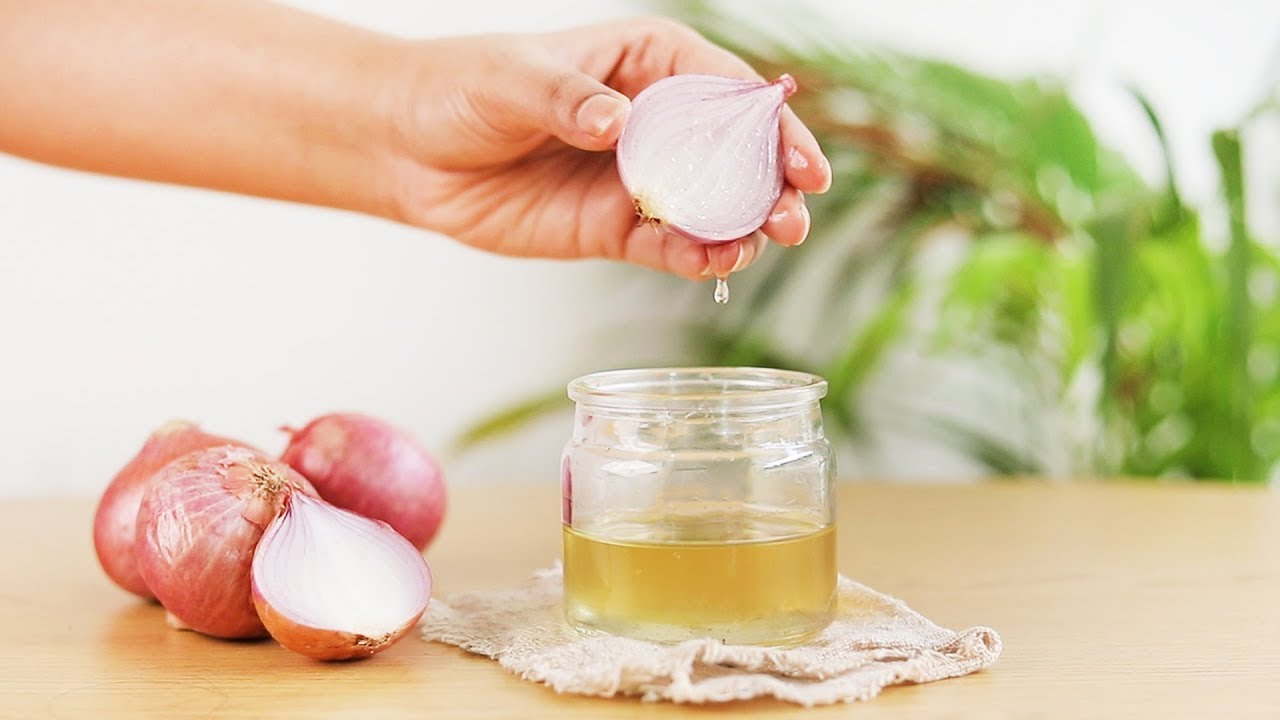
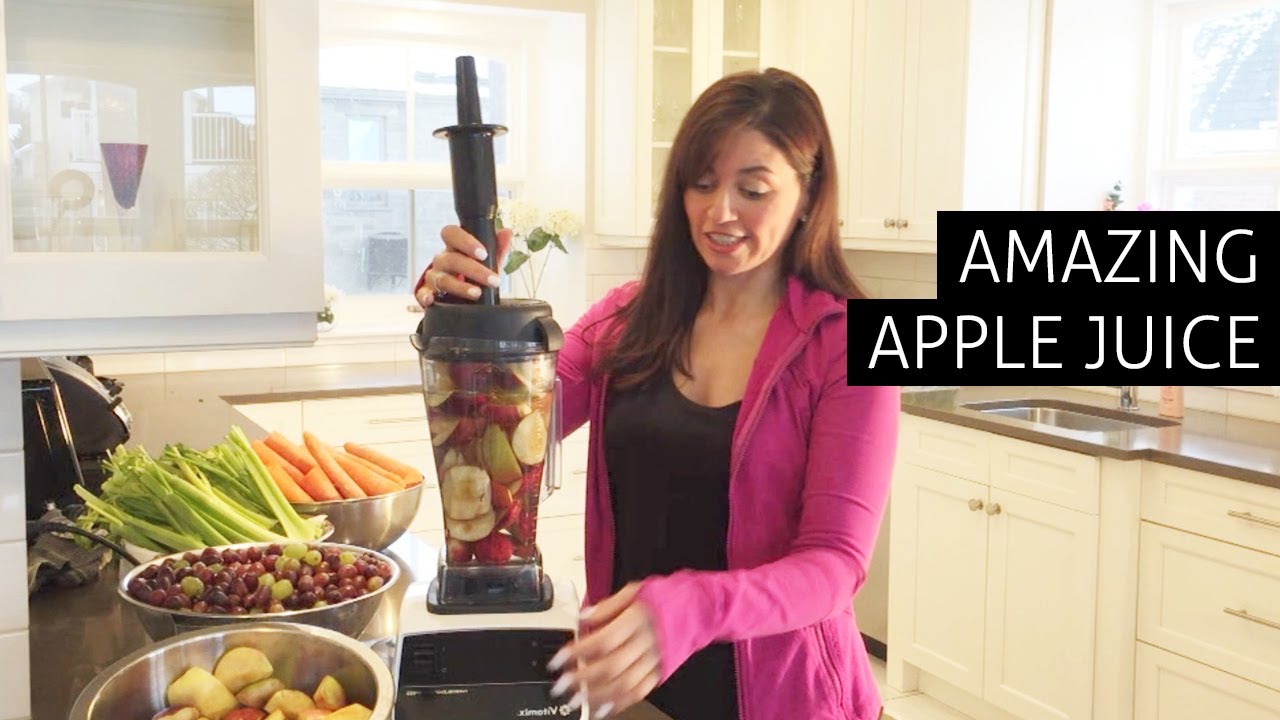
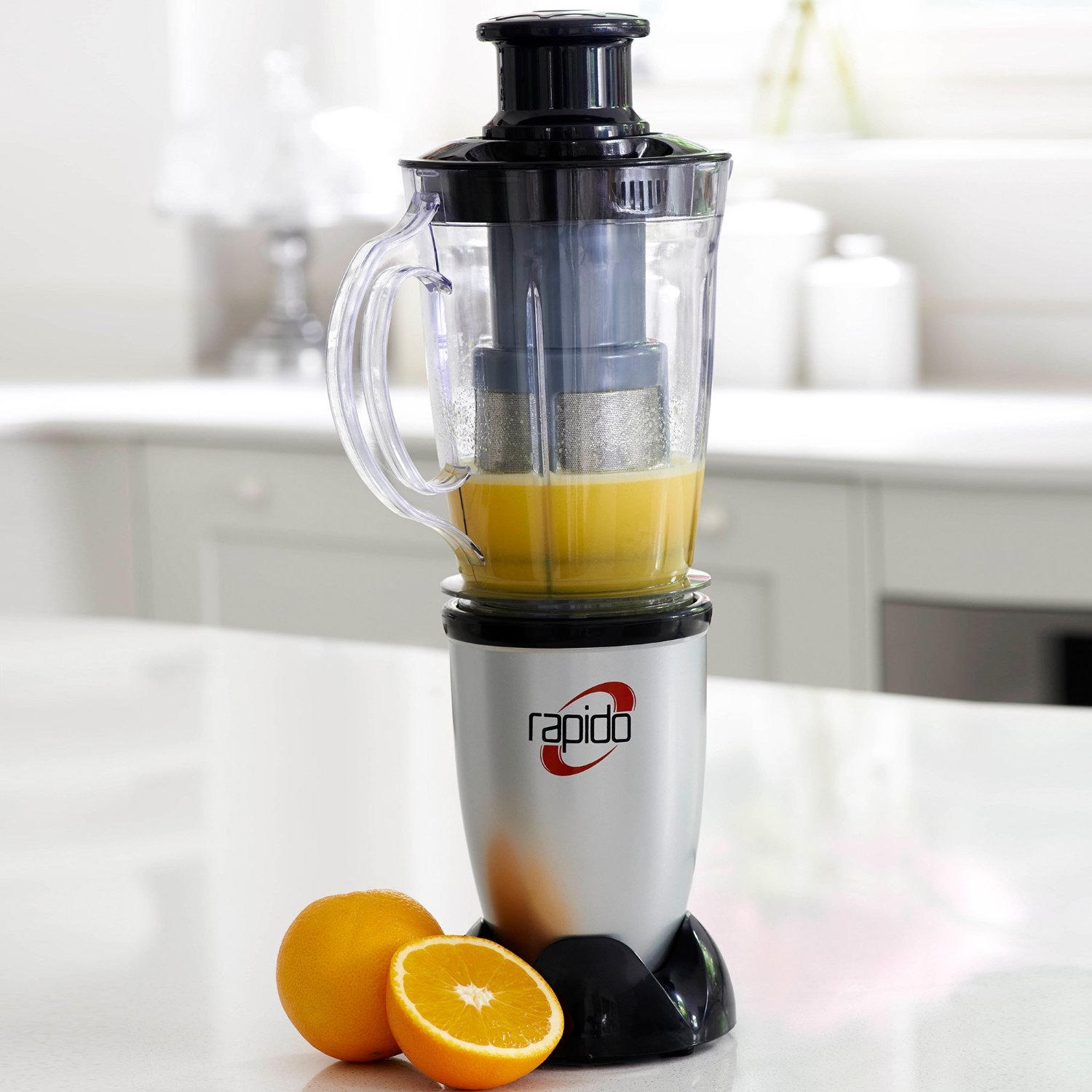
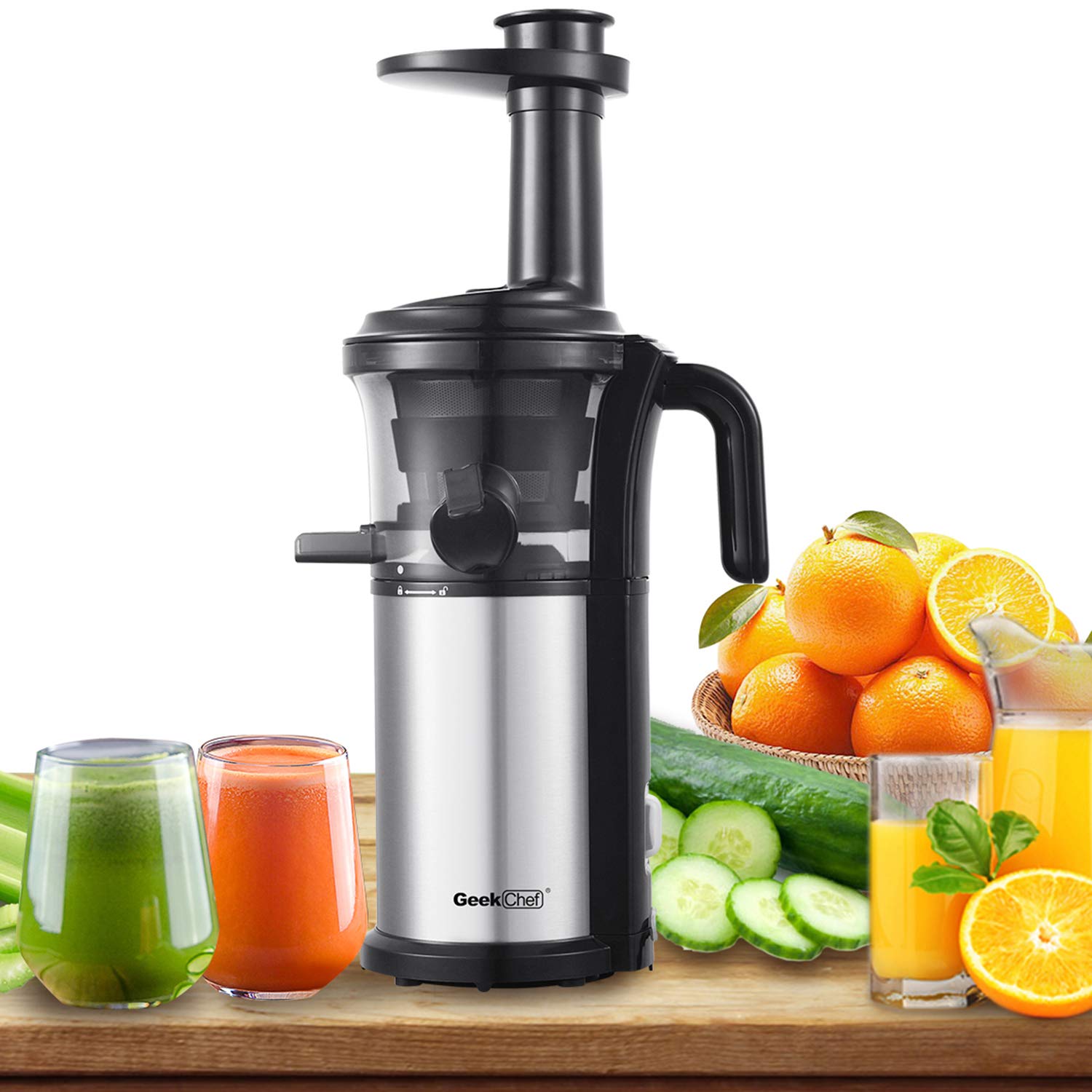

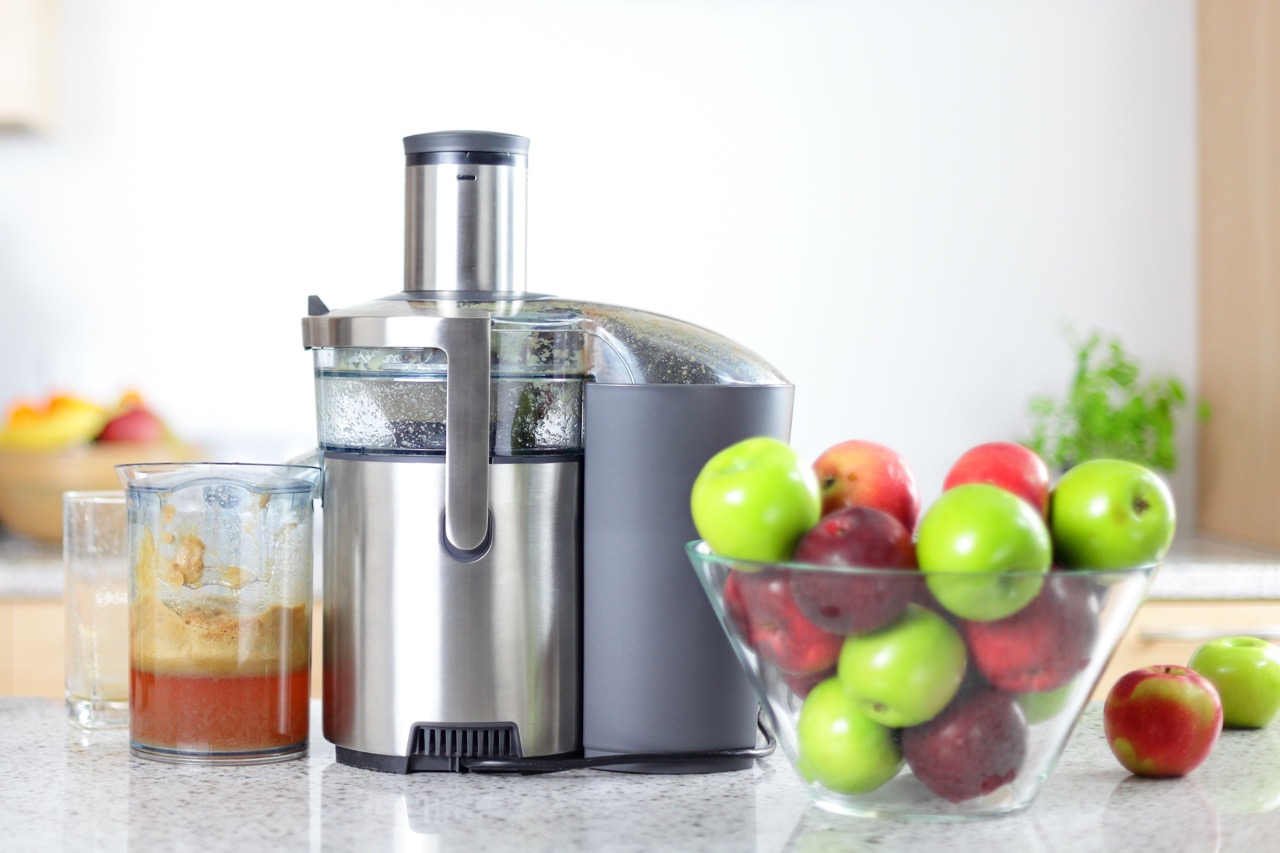
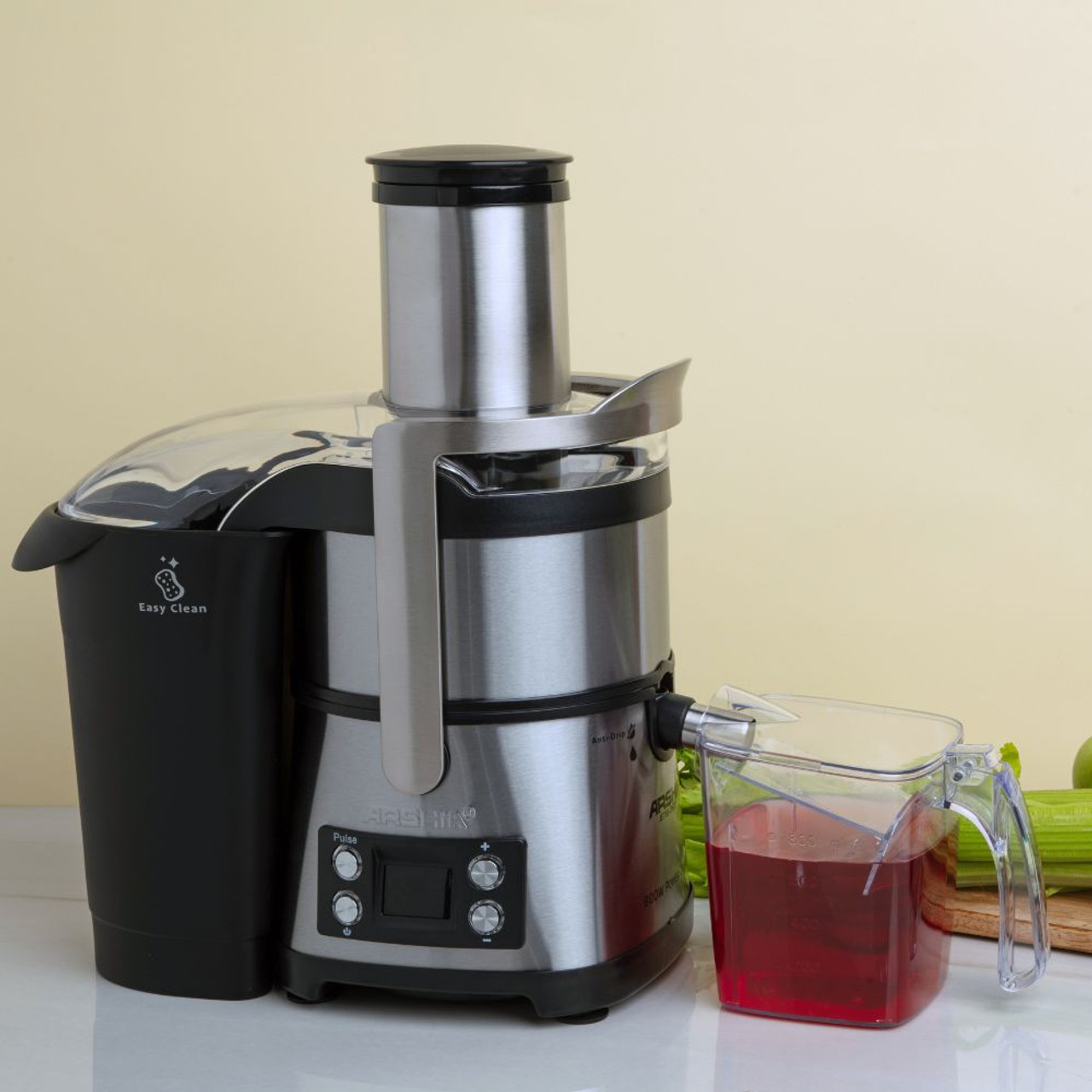

0 thoughts on “How To Make Cabbage Juice With A Blender”